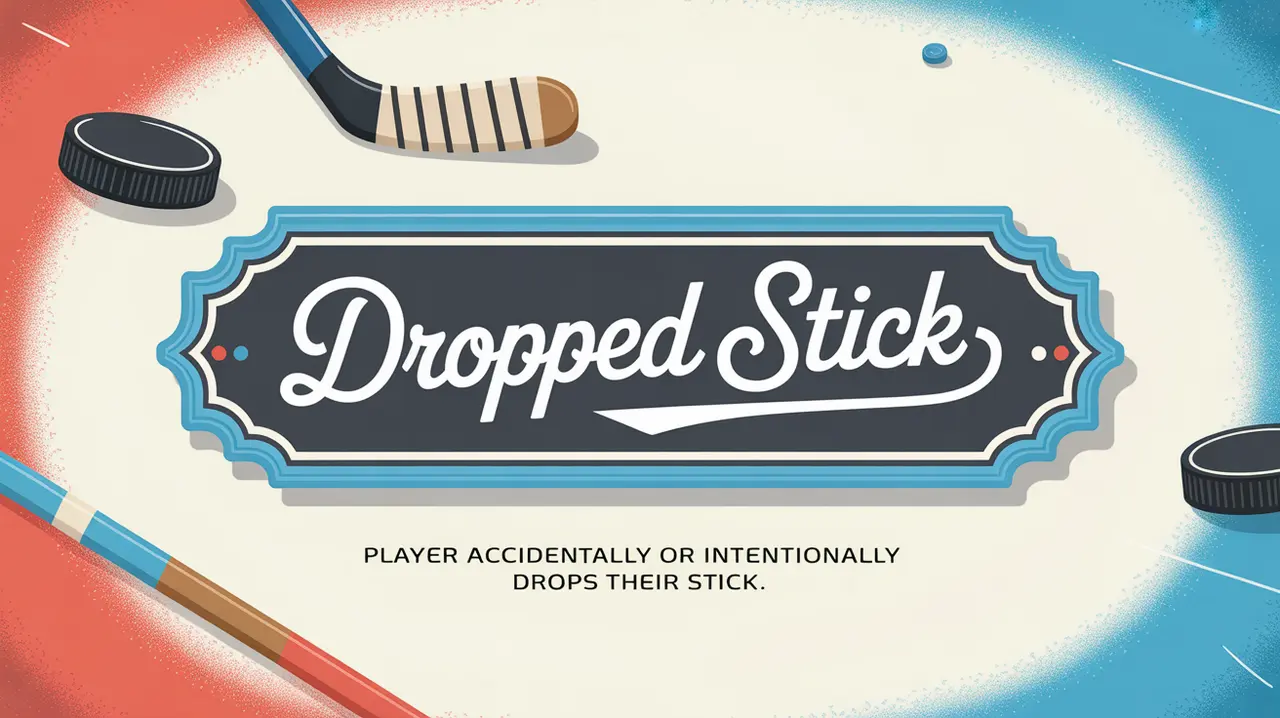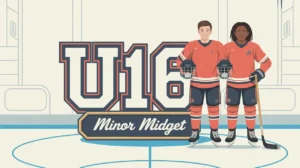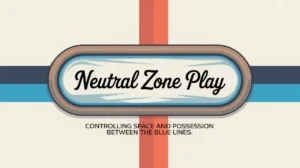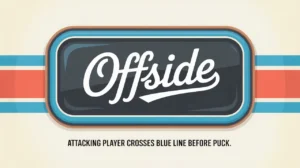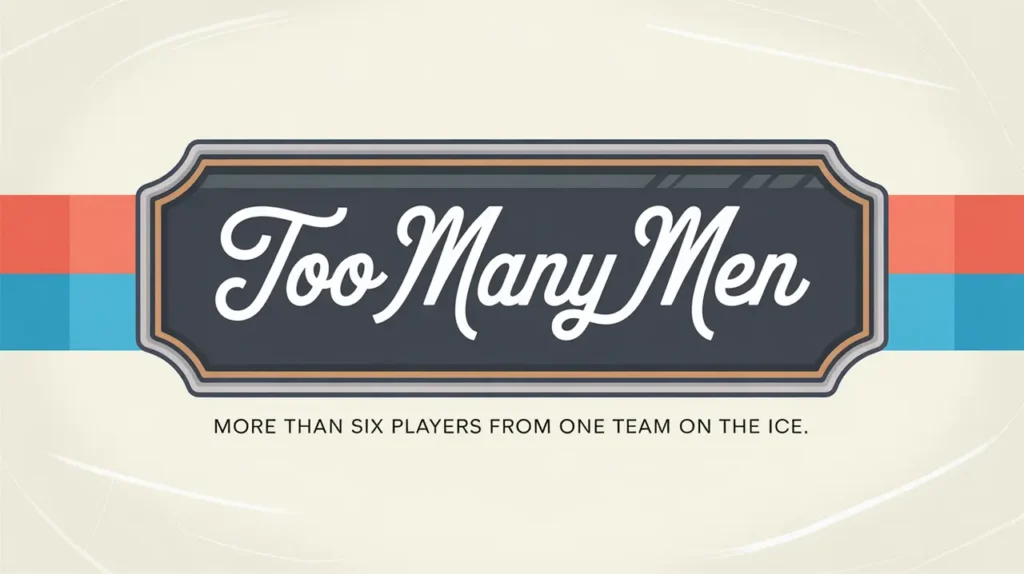Jim’s Intro to the Dropped Stick
Hi folks, Jim here, the only commentator who once dropped my notes mid-period and tried to keep calling the game while fishing them out with my foot. You think that’s bad? On the ice, dropped sticks get a little trickier.
What is a dropped stick?
A dropped stick occurs when a player loses possession of their stick without it breaking, whether by accident, a collision, a stick battle, or a deliberate drop. Unlike a broken stick, players are allowed to pick up a dropped stick and keep playing, as long as they don’t create interference or break other rules in the process.
It’s not a penalty to drop or pick up a stick, but how and when a player does it can affect gameplay significantly.
How does it work?
Dropped stick situations play out in a few different ways:
Player Drops Their Own Stick:
- The player can pick it up immediately if it’s safe and doesn’t interfere with the play.
- If they can’t reach it quickly, they can continue playing without it, positioning themselves defensively or skating to the bench for a change.
Another Player’s Stick Is Dropped Nearby:
- Players can hand or slide a teammate’s stick back to them carefully.
- Deliberately picking up or using an opponent’s stick is not allowed and results in a minor penalty.
Goalie Situations:
- If a goalie drops their stick, a teammate can hand it back, but they must do so cleanly.
- Skaters may also choose to give their stick to the goalie in certain situations (especially on penalty kills).
Play Continues:
Dropped sticks do not stop play unless they directly interfere with the puck or another player.
Common Situations Leading to Dropped Sticks
- Stick Battles: Players lose their grip during intense defensive or offensive engagements.
- Blocked Shots or Deflections: A puck hits the stick hard enough to jar it loose without breaking it.
- Accidental Drops: Fatigue, wet gloves, or quick hand movements cause the stick to slip.
- Strategic Drops: Rarely, players drop sticks to avoid taking penalties or to hand off their stick to a goalie during a kill.
How do you make good decisions with it?
Good decisions with dropped sticks depend on awareness, timing, and safety.
- Pick It Up Quickly if Possible: If the stick is within reach and you won’t disrupt the play, grab it and get back into action.
- Know When to Leave It: If picking up the stick would take you out of position or cause a turnover, stay engaged in the play without it.
- Don’t Interfere: Avoid tripping over or sliding the stick reckless. It can lead to interference calls.
- Help Teammates Smartly: If returning a stick, do it with control so the receiving player can recover it without breaking stride.
- Goalie Awareness: If your goalie drops their stick, communicate and decide who will retrieve or hand it off.
How do you master it?
Mastering dropped stick situations is about calm decision-making under pressure. Skilled players don’t panic when they lose their stick. They make quick reads, either recovering it efficiently or staying structurally sound without it. Teams that practice special teams scenarios often include dropped stick contingencies to keep penalty kills organized and breakouts clean.
What does it look like when done right?
A well-handled dropped stick barely disrupts the flow. The player either scoops it up smoothly mid-stride or adjusts their play seamlessly without it. Teammates cover momentarily, lanes stay protected, and the opponent doesn’t get an easy opening.
Commentator’s Corner
Jim’s Take
I’ve watched players dive for sticks like it’s the last slice of pizza, only to leave a passing lane wide open. Sometimes, picking it up can wait one more second.
Parent Tip
Help young players get comfortable with quick decisions. Sometimes the smartest move isn’t grabbing the stick immediately but staying in position.
Player Tip
Develop muscle memory for recovering your stick. Practice scooping it up cleanly without losing balance or focus on the play.
A Final Thought
Dropped sticks are moments that test a player’s awareness. Knowing when to pick up, when to hold position, and how to support teammates keeps the game flowing and avoids unnecessary chaos.

